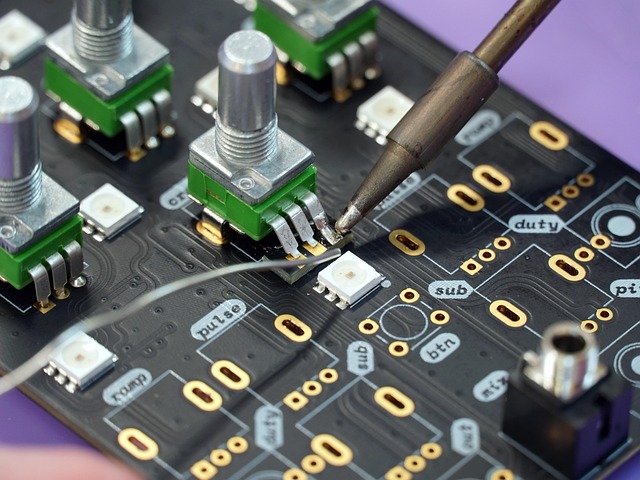
The Evolution of PCB Technology in IT: A Comprehensive Guide
The world of information technology (IT) is a continuously evolving landscape, where innovation and advancement are integral to progress. At the heart of this dynamic field lies one essential component: the Printed Circuit Board (PCB). As we delve into the evolution of PCB technology, we can better understand its critical role in shaping the devices and systems that we rely on daily.
Understanding PCB technology
Printed Circuit Boards are the backbone of nearly all modern electronics. They provide the physical platform that connects different electronic components and allows them to communicate effectively. In a time where digital interactions dominate our lives, it is easy to overlook the engineering marvels that give rise to the devices we use, from smartphones to powerful data servers.
The beginnings of PCBs
The history of PCB technology dates back to the early 20th century when basic circuit designs were realized through rudimentary means. The path to the modern PCB began in 1936, when the invention of the first printed circuit laid the groundwork for more advanced iterations. By the 1960s, the mass production of PCBs transformed the industry, allowing for cheaper and more efficient manufacturing processes that fueled the expansion of consumer electronics.
Innovation drives change
Over the years, the evolution of PCB technology has been marked by numerous breakthroughs. As the demands for smaller, faster, and more efficient electronic devices increased, advancements such as multilayer PCBs and flexible circuits emerged. These innovations have enriched the quality and performance of various IT applications, including computers, telecommunications, and automotive systems.
Moreover, the introduction of surface-mount technology (SMT) has revolutionized the assembly process, allowing for the miniaturization of components. This has enabled IT manufacturers to produce more compact devices without compromising on performance, ultimately leading to lighter and more portable technology.
Modern-day implications
Today, the significance of PCBs cannot be overstated. They are central to achieving higher performance standards and are integral in the development of cutting-edge technologies such as the Internet of Things (IoT), artificial intelligence (AI), and advanced computing architectures. As IT continues to grow, so too does the complexity and sophistication of PCBs, ensuring they remain a vital part of technological advancement.
Looking ahead
As we look toward the future, we can expect further innovations in PCB technology that will align with the rapid pace of change in the IT landscape. New materials, methods of production, and designs are on the horizon, promising to enhance performance, durability, and sustainability. This evolution is indicative of the ever-increasing interconnectedness we experience in our digital lives and reflects the ingenuity of the engineers and designers behind the technology.
In summary, the evolution of PCB technology is not just a series of technical achievements; it is a narrative woven into the fabric of our modern existence in the realm of information technology. As technology enthusiasts, it is important to appreciate the role that PCBs play, making it possible for us to interact with the digital world seamlessly and efficiently.



